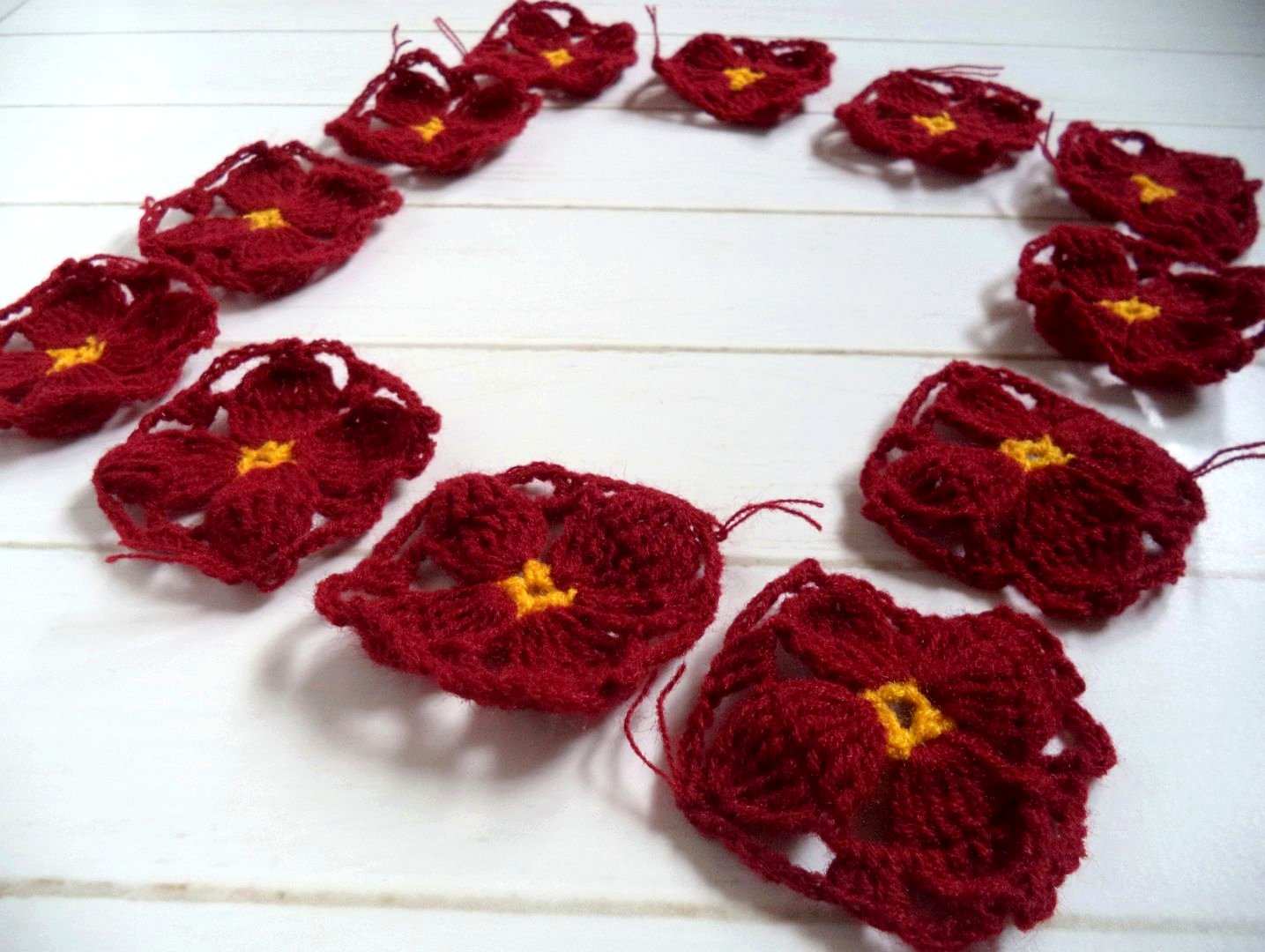Este 15 de agosto será el día Internacional del Granny ¡Yehhh!. ... Y aprovechando el segmento de [Crochet Pacha](https://hive.blog/hive-127911/@inici-arte/nueva-seccion-crochet-pacha--funda-con-diseno-de-plumas-parte-1-or-new-section-crochet-pacha--feather-design-cover-part-1), desde hace un tiempo ya tenía la idea de tejerme algo como una casaca o un poncho rojo. Decidí tejer el poncho o ponchito. Aún no lo termino, por lo que este blog será la parte 1.
>*August 15 is International Granny Day! Yay! ... And taking advantage of the [Crochet Pacha](https://hive.blog/hive-127911/@inici-arte/nueva-seccion-crochet-pacha--funda-con-diseno-de-plumas-parte-1-or-new-section-crochet-pacha--feather-design-cover-part-1) segment, for a while now, I've been thinking about crocheting something like a jacket or a red poncho. I decided to crochet the poncho or little poncho. I haven't finished it yet, so this blog will be part 1.*
----------------------------
----------------------------
###
¡Hamuy! ###
*Let's go!*

*Materiales || Materials*
Para este proyecto estoy utilizando **hilo acrílico** para ropa. Esta vez no sé qué porcentaje de acrílico y algodón tiene para su composición, solo sé que este hilo es bastante bueno en cuanto a color y duración (resistencia). Incluso, sigo usando las chompas hechas con este hilo hace más de 20 años. Como los Granny se caracterizan por ser sueltos, lo estoy utilizando un crochet de 2.5 mm.
>*For this project, I am using **acrylic yarn** for clothing. I don't know what percentage of acrylic and cotton it contains, but I do know that this yarn is quite good in terms of color and durability (strength). I still wear sweaters made with this yarn from over 20 years ago. For me, Granny stitches are characterized by being loose, so I am using a 2.5 mm crochet hook.*

*Diseño del Granny || Granny design*
A simple vista parece una flor de 4 pétalos. Aunque para mí, es el **Tawa** (número 4 en Quechua). También se puede ver cruces o cuadrados. El reto es usar 3 colores y hacer distintas combinaciones entre ellos. El patrón de este Granny lo aprendí de Elena de [Ahuyama crochet](https://youtu.be/qmu5xNV4saU).
>*At first view, it resembles a four petaled flower. However, to me, it is the **Tawa** (number 4 in Quechua). Crosses or squares can also be seen. The challenge is to use three colors and create different combinations between them. I learned the pattern for this Granny from Elena at [Ahuyama crochet](https://youtu.be/qmu5xNV4saU).*

*Analizando la estructura || Structure analysis*
En un inicio quería hacerlo así, comenzando del cuello y agregarle granny según iba avanzando. En el papel se veía bien, luego me dí cuenta que estaba chico y aumenté el número de motivos.
>*At first, I wanted to do it this way, starting from the neck and adding granny squares as I went along. It looked good on paper, but then I realized it was too small and increased the number of granny squares.*

*Se terminó el rojo || The red yarn is finished*
Mientras seguía tejiendo, me dí cuenta que quedaba poco hilo rojo. Desde aquí verás Granny con colores amarillo y negro, y sus combinaciones entre ellas.
>*As I continued crocheting, I realized that I was running out of red yarn. From here, you will see Granny in yellow and black, and combinations of the two colors.*
¡Y eso es todo!